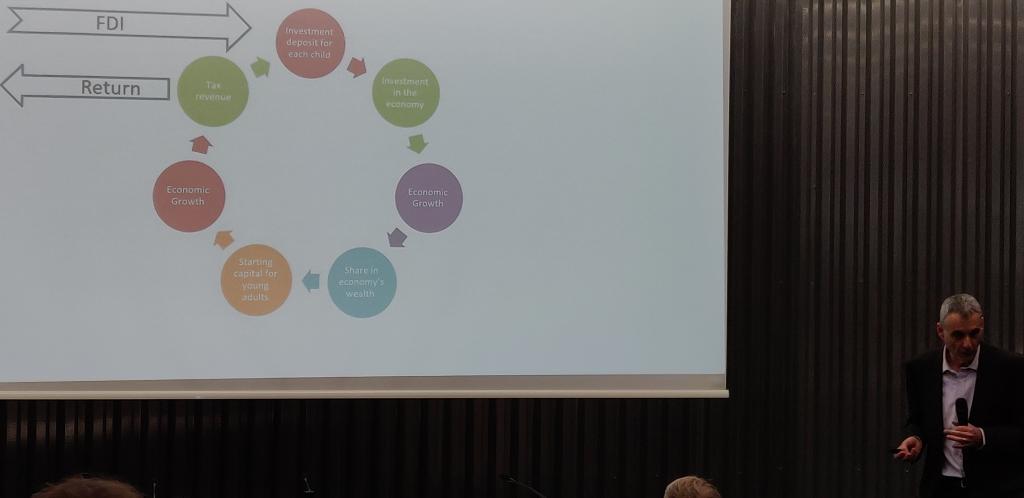The current era of financial globalization that began in the 1990s has helped make the world less unequal. Nevertheless, poverty is concentrated mainly in Africa, where population growth increased the numbers of the poor that have low levels of education.
In a highly visible book, Capital in the Twenty-First Century, Thomas Piketty argues that financial liberalization contributed to rising wealth and income inequality. At the same time, financial liberalization made it possible for ordinary people to invest and build up a substantial amount of assets, notably in pension funds that manage more than 45 trillion dollars.
Some argue that the increase in savings caused a savings glut, and some suggest that this may partially explain low bond yields and why asset prices in the West are inflated as ever-increasing savings are chasing existing savings opportunities.
These two challenges, reducing poverty and finding profitable investments for our savings, have a common solution: harnessing the financial system to channel savings from the wealthy for investment in the poor. The growth potential of lesser developed economies offers potential high returns estimated between 5% to more than 10% annually, compared with historical pension fund returns of less than 4% and future bond yields that currently offer returns that are close to zero.
A large fraction of world savings is directed to Wall Street. Only 3% of the total global investment between 1990 and 2018 was directed to Africa where more than 14% of the world’s population resides. Annual capital formation in all lesser developed economies combined is about 250 billion Dollars. Their combined investment in education is similar. These numbers should be compared to the 45 trillion $U.S in our pensions funds.
In the 19th century – the previous era of financial globalization – the London capital market channelled development finance to the rest of the Globe – to build railways and infrastructure on five continents. Then, as now, the return on British Bonds was 2%, a portfolio of emerging market bonds offered a return that was three times higher. Admittedly, not every investment was successful, but a diversified portfolio of these investments was. The railways of the past could be renewable energy and ICT infrastructure today.
The Fintech industry allows more people to be connected and benefit from the financial system. Financial inclusion can go a long way in creating investment opportunities in lesser developed economies. One specific proposal is to invest in children. Saving accounts opened for every child in Africa would allow kids to invest and share the fruits of economic growth. Estimates I made show that the money available at the age of 18 – $3,500 to $8,000 – would then allow them to open a business or attend college.
Implementing this solution involves overcoming many challenges: markets and new assets have to be created, regulation needs to be adjusted, and legal and contractual issues have to be resolved. However, this an opportunity that the world cannot afford to miss.
This text is based on a presentation by Professor Nathan Sussman on 25 February 2020 at the Graduate Institute in Geneva.
Download the presentation (PDF, 2.9 MB)



